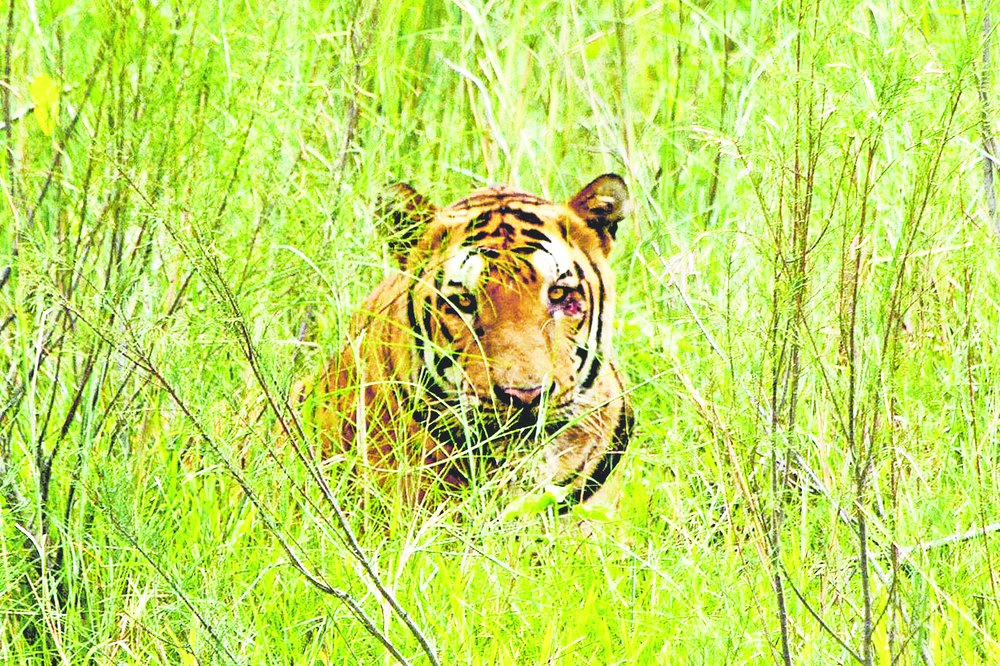
Guwahati, Aug. 18: Wildlife experts have disagreed with the National Tiger Survey of Bhutan report, which says tigers from that country could move to Kaziranga in Assam and Namdapha in Arunachal Pradesh.
The report says on a regional scale, Bhutan serves as an important tiger source area with the potential to generate populations which could move towards Manas tiger reserve in Assam through Royal Manas National Park and Zhemgang division; Kaziranga National Park in Assam and Namdapha National Park in Arunachal Pradesh through Sakteng wildlife sanctuary, Jhomotshangkha wildlife sanctuary and Samdrup Jongkhar division.
The total estimated number of tigers in Bhutan was 103.
The survey was done from March to June last year and from October 2014 to March 2015.
"Given our understanding of the landscape, it is a distant possibility that tigers could move from Royal Manas National Park in Bhutan to Kaziranga and Namdapha," Anupam Sarmah, head of Assam Landscape, WWF-India North Bank Landscape Project, told The Telegraph.
"They could come once in a lifetime but moving frequently looks difficult," he said.
Manas tiger reserve and Royal Manas in Bhutan form the core of trans-boundary Manas conservation area that is home to tigers, elephants, rhinos and more than 1,500 other species of mammals, birds and plants.
The conservation area is a region of high biological diversity that extends along southeastern Bhutan and Assam and forms part of the mosaic of conservation spaces across Eastern Himalayas.
A total of 25 tigers were camera-trapped during the second trans-boundary tiger-monitoring programme conducted across Manas and Royal Manas last year, of which two were found in both parks.
Wildlife biologist Firoz Ahmed, who was involved in a number of tiger camera-trapping studies, said although a tiger can travel long distances in search of potential habitat, given the least cost pathway theory, a tiger from Kaziranga has more potential to move to Nameri-Pakke than from Bhutan.
Ahmed says tiger corridors are designed on "least cost pathways", the optimal areas for connections between reserves based on ecology and habitations.
"It is not that easy for the movement of a tiger from one landscape to another. There are interventions in the form of human settlements, land-use change and habitat change, among others," he said.
"Future study using GPS collars may throw more light on a tiger's travel routes. However, it is very unlikely that a tiger from Royal Manas in Bhutan will travel to Namdapha," he said.
The survey report says the other areas from where a tiger in Bhutan can move to in India are Buxa tiger reserve in West Bengal and Kanchenjunga conservation area in Sikkim.










